Introduction
The Importance of Pet-Safe Gardens
Picture this: a dedicated pet owner, eagerly planting a beautiful array of flowers to enhance their living space, only to find their beloved cat or dog curiously nibbling on a toxic plant. The panic sets in as they realize the potential harm that innocent decorating decision might cause. This scenario isn't uncommon; in fact, according to the American Society for the Prevention of Cruelty to Animals (ASPCA), thousands of cases of pet poisoning occur each year due to toxic plants found both outdoors and indoors. The safety of our furry companions is a top priority for every pet owner. And as much as we love those vibrant pops of color and fragrant blooms in our homes and gardens, it's crucial to ensure they aren't a hidden danger. This comprehensive guide aims to educate pet owners about plant and flower varieties that are not only safe for our cats and dogs but also aesthetically pleasing, providing the best of both worlds.Understanding Plant Toxicity in Pets

What Makes a Plant Toxic?
Many plants contain naturally occurring substances that can be toxic to pets. These toxic components often include alkaloids, glycosides, saponins, solanine, and other toxic amino acids. When ingested, these substances can cause a range of symptoms from mild irritation to severe illness or even death. Symptoms can vary widely depending on the plant and the amount ingested.Common Symptoms of Plant Poisoning in Pets
Symptoms of plant poisoning in pets can be alarming and may include drooling, vomiting, diarrhea, lethargy, and changes in behavior. In severe cases, it may lead to tremors, seizures, or even coma. If any of these symptoms are observed, immediate consultation with a veterinarian is crucial. It's always better to be safe and prevent your pets from accessing potentially harmful plants.The Role of Plantology in Safe Gardening
At Plantology, we understand the fine balance between maintaining a visually appealing garden and ensuring it's a safe haven for your pets. Our mission is to offer a variety of plant options that not only cater to aesthetic desires but also prioritize the safety of your pets. Explore our extensive range of pet-safe plants and trees.Top Pet-Safe Flowering Plants

The Lovely Lily of the Nile (Agapanthus)
Aesthetic Appeal
The Agapanthus, also known as the Lily of the Nile, showcases stunning clusters of blue or white trumpet-shaped flowers atop tall slender stalks. These flowers can add a beautiful accent to any garden without compromising on safety.Pet Safety
Agapanthus is non-toxic to both cats and dogs, making it an ideal choice for pet lovers who also cherish vibrant gardens. Discover the exquisite blue variation of this wonderful plant.The Resilient African Violet
Aesthetic Appeal
African Violets are known for their charming blooms, ranging in color from deep purple to delicate pink and white. These low-maintenance beauties thrive indoors and bring a splash of color that can cheer up any room.Pet Safety
These plants are totally safe for pets, so you can have them around your curious cats and playful dogs without any worry of toxicity.Vibrant Gerbera Daisies

Aesthetic Appeal
A true embodiment of cheerful disposition, Gerbera Daisies come in various vivid colors, including red, orange, pink, and yellow. They are perfect for adding lively splashes of color to any garden or indoor setting.Pet Safety
Gerbera Daisies are non-toxic to pets, and their hardy nature makes them a popular choice for pet owners. Rest easy knowing that your furry friends can freely roam around these flowers.Tropical Pet-Safe Plants and Trees
The Majestic Adonidia Palm
Aesthetic Appeal
Often referred to as the Christmas Palm for its festive red berries, the Adonidia Palm brings a touch of the tropics to any space. It's perfect for those looking to add a tall, graceful accent either indoors or in a garden.Pet Safety
One of the most appealing aspects of the Adonidia Palm is its non-toxic nature, making it a worry-free addition to households with pets. Whether you prefer a single, double, or even triple trunk variation, explore our collection for an ideal fit:The Bold Bamboo Palm

Aesthetic Appeal
Bamboo Palms are known for their elegant fronds and are excellent at purifying the air. They make stunning indoor plants due to their calming appearance and ability to thrive in low light conditions.Pet Safety
Safe for both cats and dogs, the Bamboo Palm is a fantastic option for those looking to bring a touch of greenery into their homes without risking the health of their pets.Popular Indoor Pet-Safe Plants
The Versatile Spider Plant
Aesthetic Appeal
Spider Plants are celebrated for their distinctive long, arching leaves with green and white stripes. They can be displayed in pots or hanging baskets, making them a versatile option for any indoor setting.Pet Safety
Completely non-toxic, Spider Plants are a go-to for pet owners looking for a resilient and attractive addition to their homes.The Hardy Boston Fern

Aesthetic Appeal
Boston Ferns are renowned for their lush, feathery fronds that can add texture and elegance to any indoor space. They are particularly appreciated for their air-purifying capabilities.Pet Safety
These ferns are harmless to pets, so they can be freely placed around your house without posing any risk to your four-legged family members.Tips for Maintaining a Pet-Safe Garden
Research Before You Plant
Before adding any new plant to your home or garden, take the time to research its effects on pets. Cross-reference reputable sources like the ASPCA or consult with your veterinarian to ensure the plant is safe.Train Your Pets
While supervision and fencing can help, training your pets to avoid plants is a valuable skill. Positive reinforcement can help teach them which areas to stay away from.Choose Dedicated Areas for Your Plants
Designate certain areas of your home or garden as pet-safe zones where only non-toxic plants are kept. This practice can help minimize the risk of accidental ingestion.
Conclusion
Creating a pet-safe environment doesn't mean sacrificing beauty and diversity in your plant selection. With the right choices, you can enjoy a lush, colorful garden that coexists peacefully with your pets. At Plantology, we are committed to providing you with a wide selection of pet-friendly plants, ensuring your garden is as safe as it is stunning. To explore our full range of pet-safe plant selections and transform your living space into a green oasis, visit Plantology. Whether it's the tropical charm of an Adonidia Palm or the elegance of a Lily of the Nile, Plantology has you covered with plants that promise safety and style.Organic Gardening Practices for Pet Safety
In addition to selecting the right plants, the way you care for and maintain your garden can also play a critical role in ensuring your pets' safety. Adopting organic gardening practices not only contributes to environmental sustainability but also keeps toxic chemicals away from your pets.Use Pet-Friendly Fertilizers
Many conventional fertilizers contain high levels of nitrogen, phosphorus, and potassium, which can be detrimental if ingested by pets. Opt for organic or pet-specific fertilizers that use natural ingredients which are less likely to cause harm. Compost and well-aged manure are excellent alternatives that enrich the soil without introducing toxic substances.Avoid Hazardous Pesticides

Plant Companion Gardening
Companion planting is the practice of strategically placing plants in proximity to naturally deter pests and enhance soil nutrients. For instance, planting marigolds near vegetables can help repel nematodes and other pests. Not only does this practice minimize the need for synthetic pesticides, but it also provides a diverse ecosystem that can be aesthetically pleasing and beneficial for your garden's health.Creative Landscaping Ideas for Pet-Safe Gardens
Creating a safe haven for your pets doesn't have to limit your creativity in landscape design. With thoughtful planning, you can integrate functional and stylish elements into your garden that ensure the safety of your pets.Design Pet Pathways

Build Elevated Plant Beds
Elevated plant beds not only add depth and dimension to your garden design but can also keep plants out of reach of curious pets. Raised beds can be customized to fit any garden style, providing flexibility while maintaining safety. Consider installing a trellis or pergola to support climbing plants, adding vertical interest that draws attention upward and away from ground-level hazards.Incorporate Pet Play Areas
In addition to plant selections, designing dedicated play areas for your pets encourages them to remain active and engaged. These can include secure fenced spaces for dogs to run freely or interactive toys and scratching posts for cats. Consider installing a small water feature or shade structure where pets can rest and cool off during warmer months.Create Safe Borders and Barriers
Borders and barriers can help delineate spaces while preventing access to specific areas of the garden. Low fences, hedges, or decorative screens can serve as attractive boundaries that guide your pet's movement. When selecting materials, ensure that they are free from toxic components and designed for durability.Incorporating Pet Correlations in Plant Selections


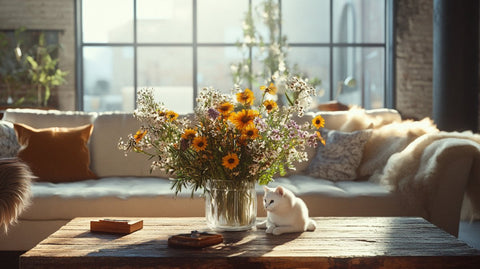


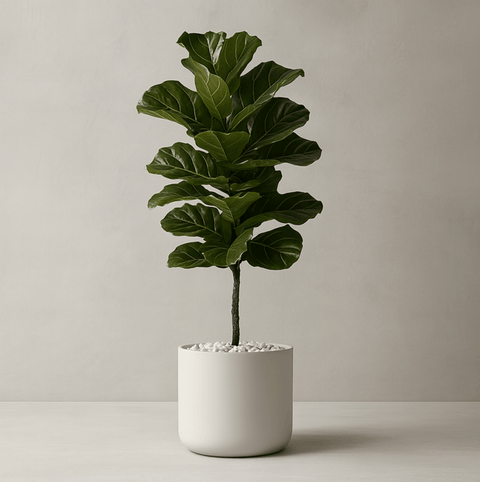
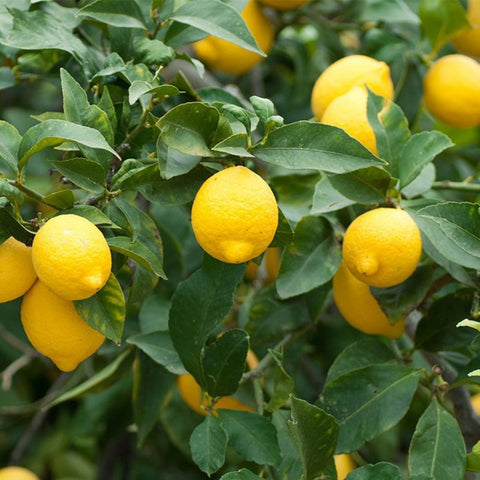
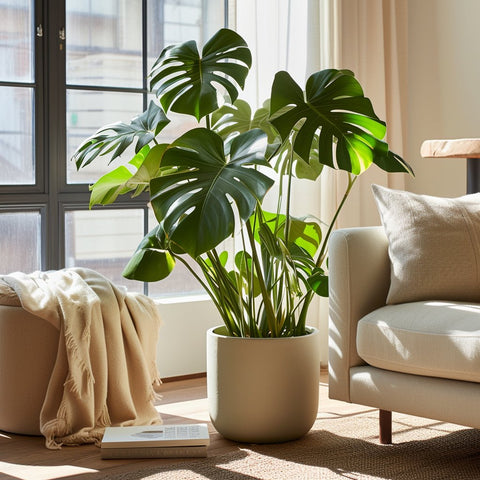
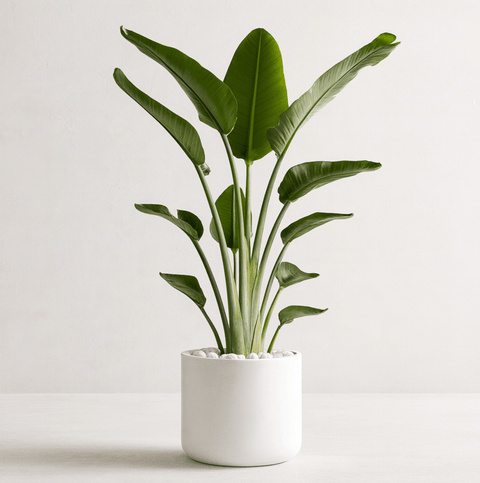
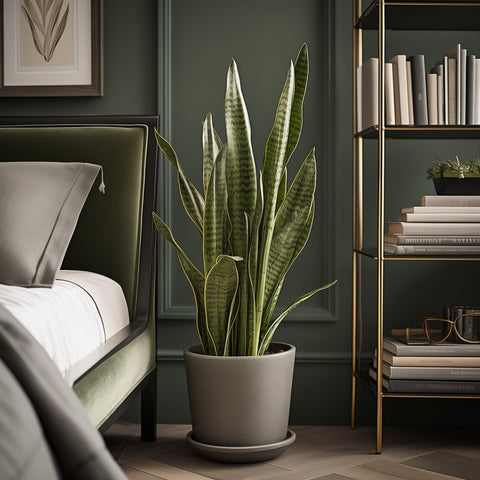
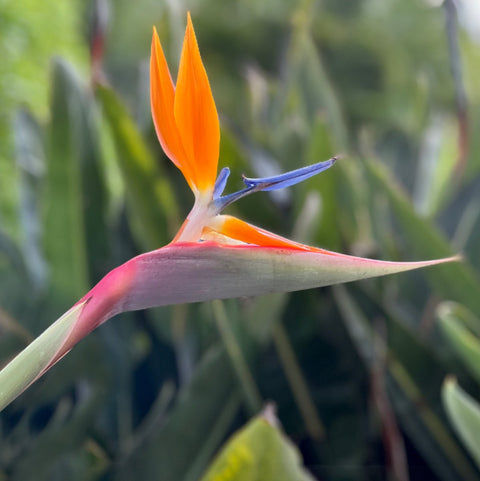
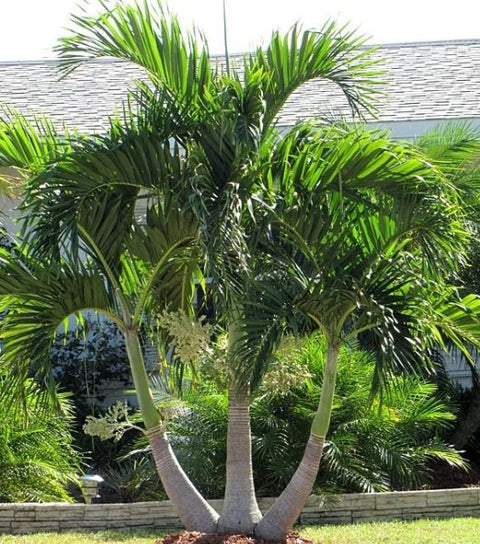
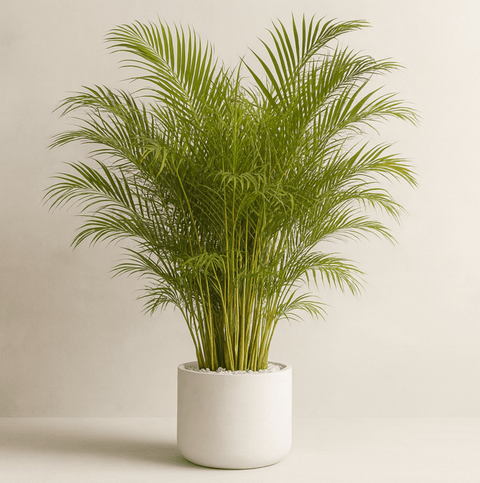
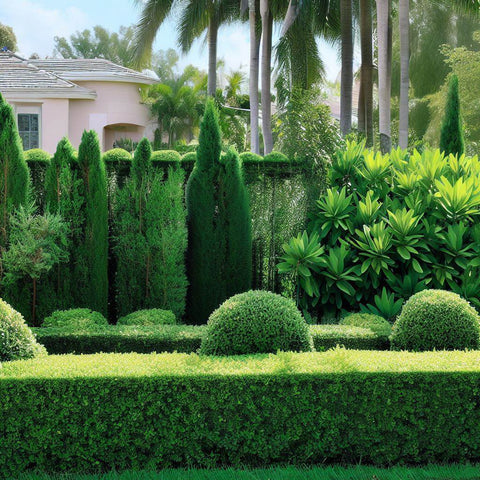
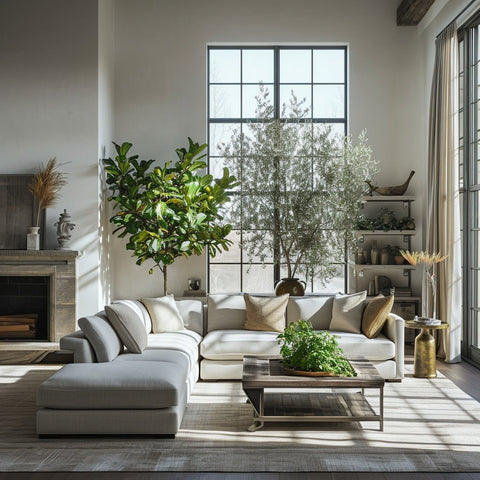
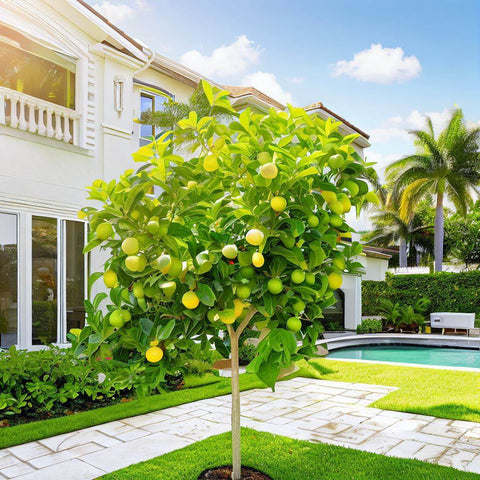
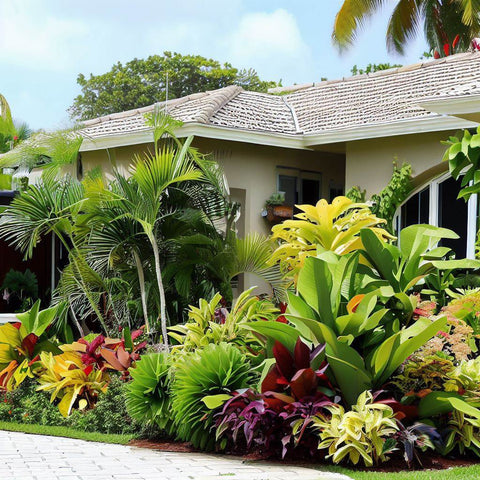

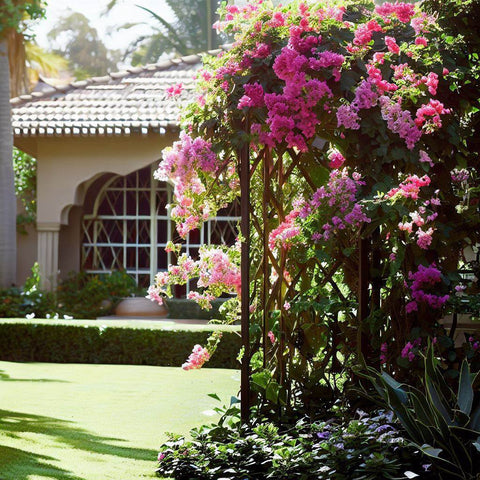
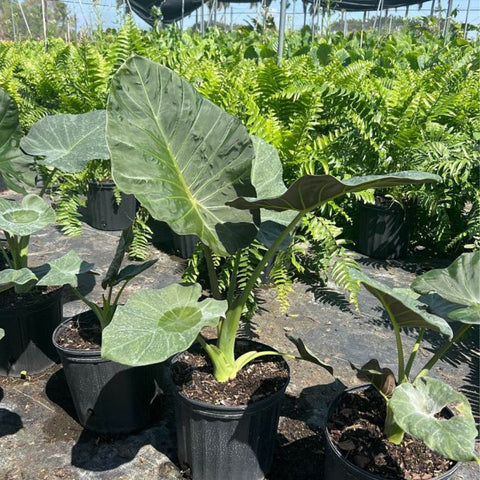
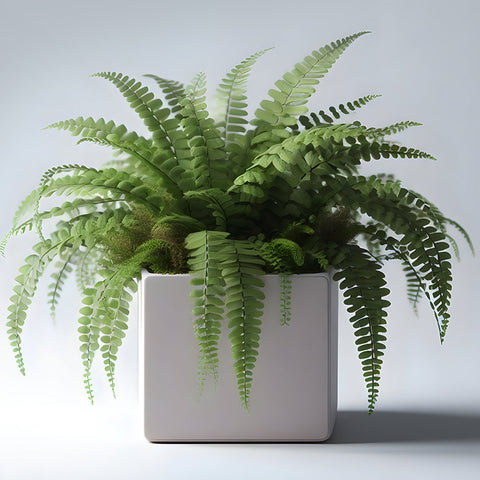
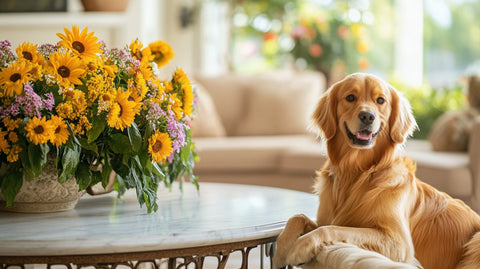
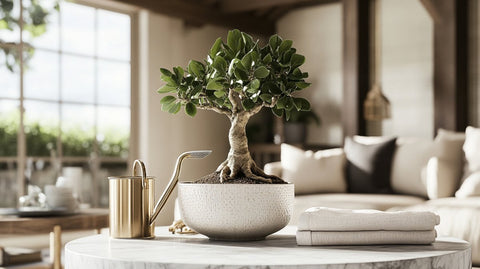


Comments (0)
There are no comments for this article. Be the first one to leave a message!